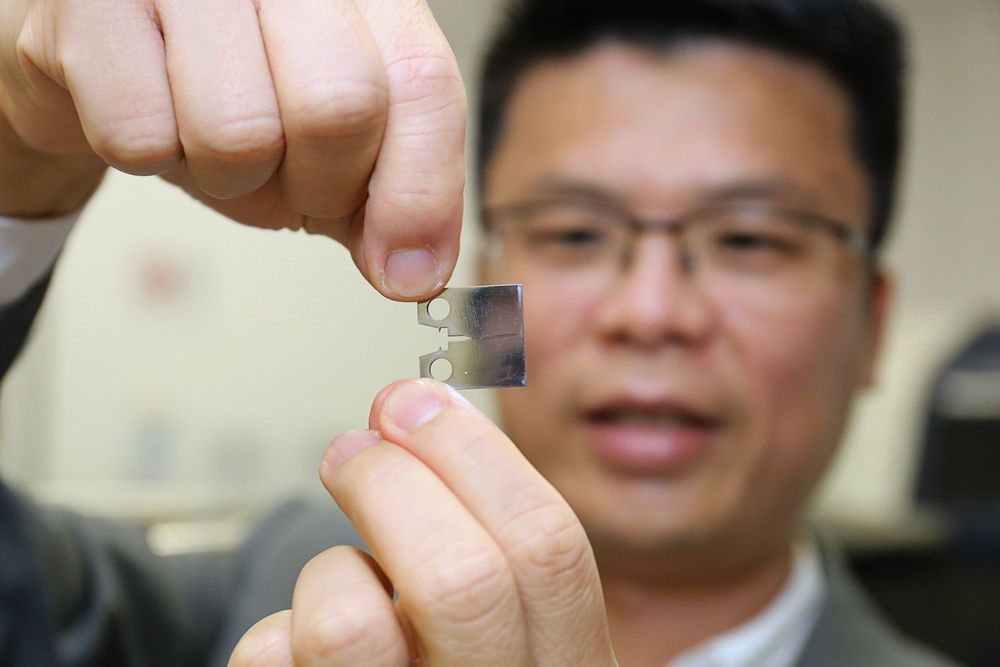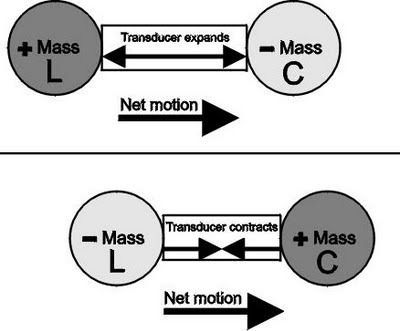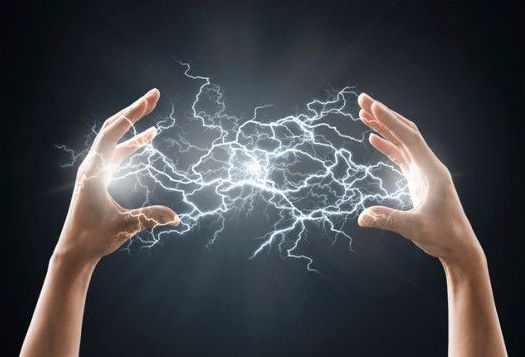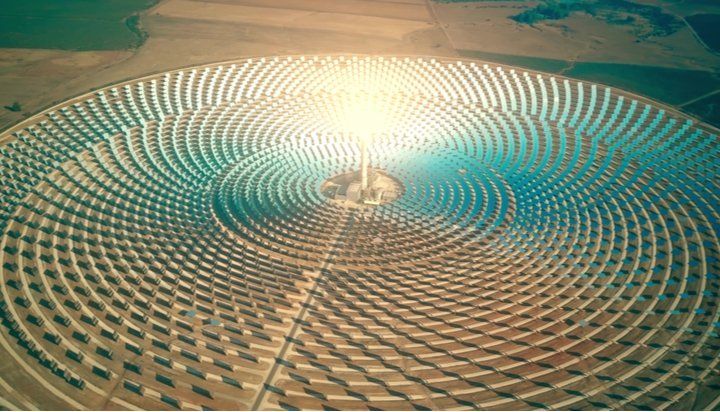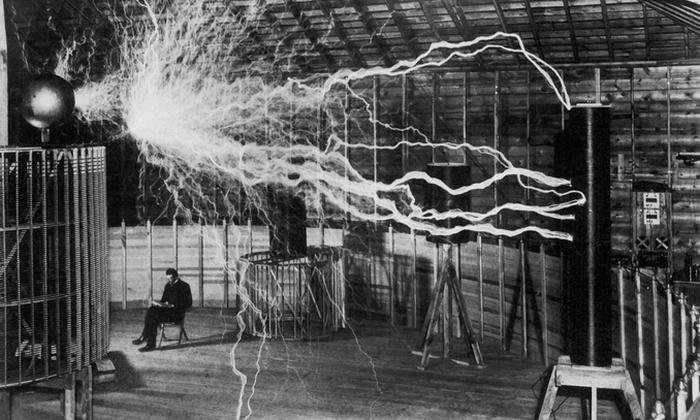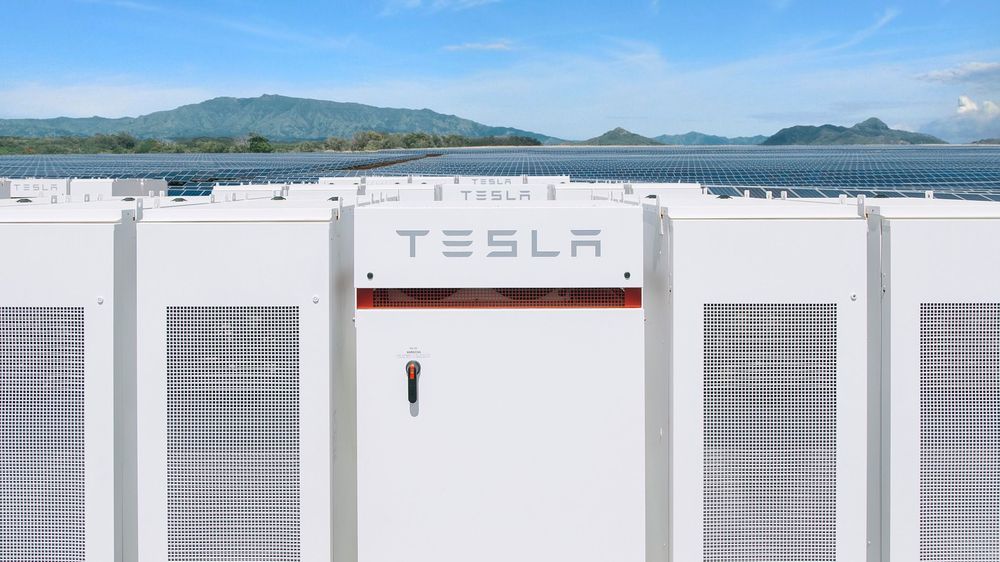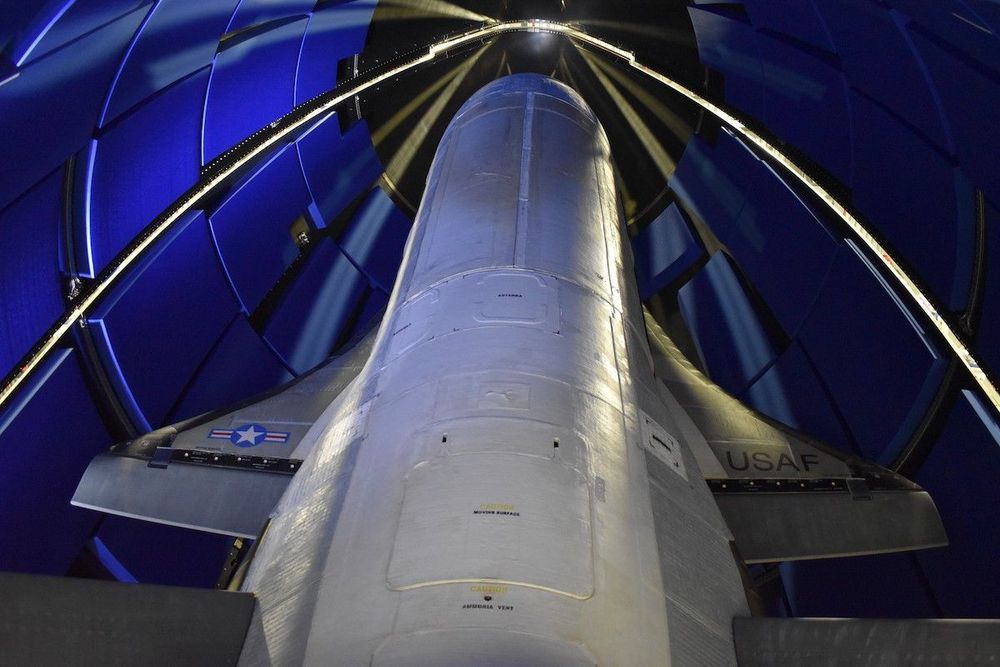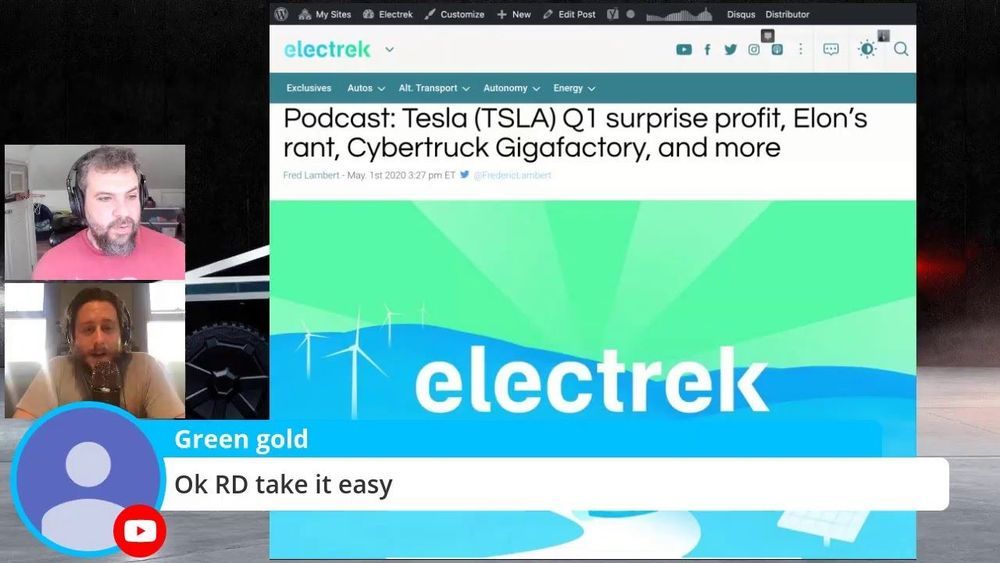May 13, 2020
“Super steel” breakthrough makes for stronger and tougher alloy
Posted by Quinn Sena in categories: energy, materials
It’s a frustrating fact that whenever you try to improve materials like steel, you end up introducing new weaknesses at the same time. It’s a balancing act between different properties. Now, engineers have developed a new type of “super steel” that defies this trade-off, staying strong while still resisting fractures.
For materials like steel, there are three main properties that need to be balanced – strength, toughness and ductility. The first two might sound like the same thing, but there’s an important difference. Strength describes how much of a load a material can take before it deforms or fails, measured in Pascals of pressure. Toughness, meanwhile, measures how much energy it takes to fracture a material.
For reference, glass has relatively high strength but low toughness, so it’s able to support quite a bit of weight but it doesn’t take much energy to break.
